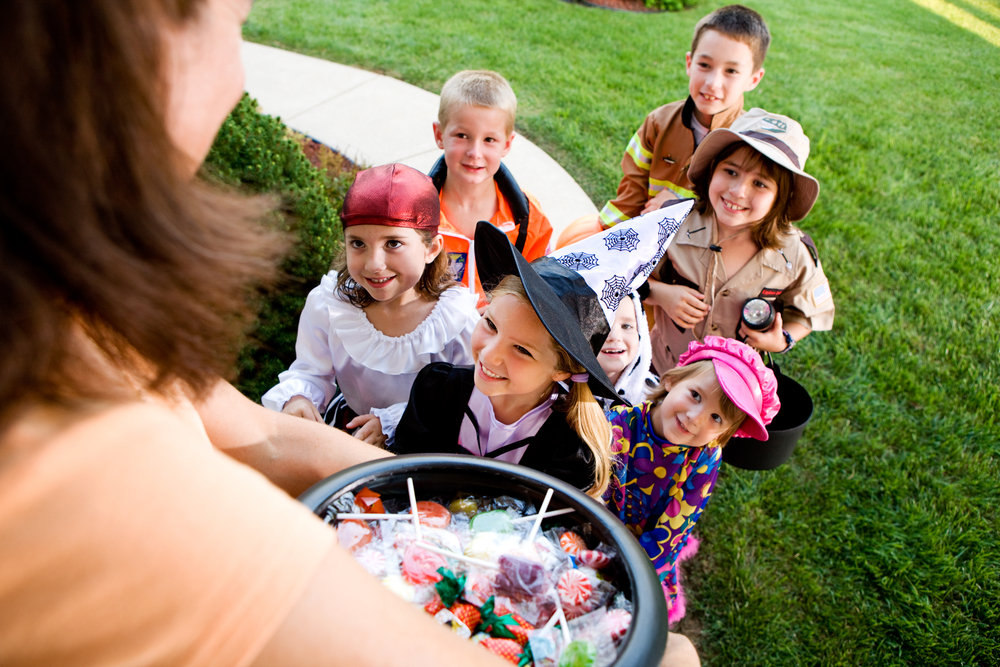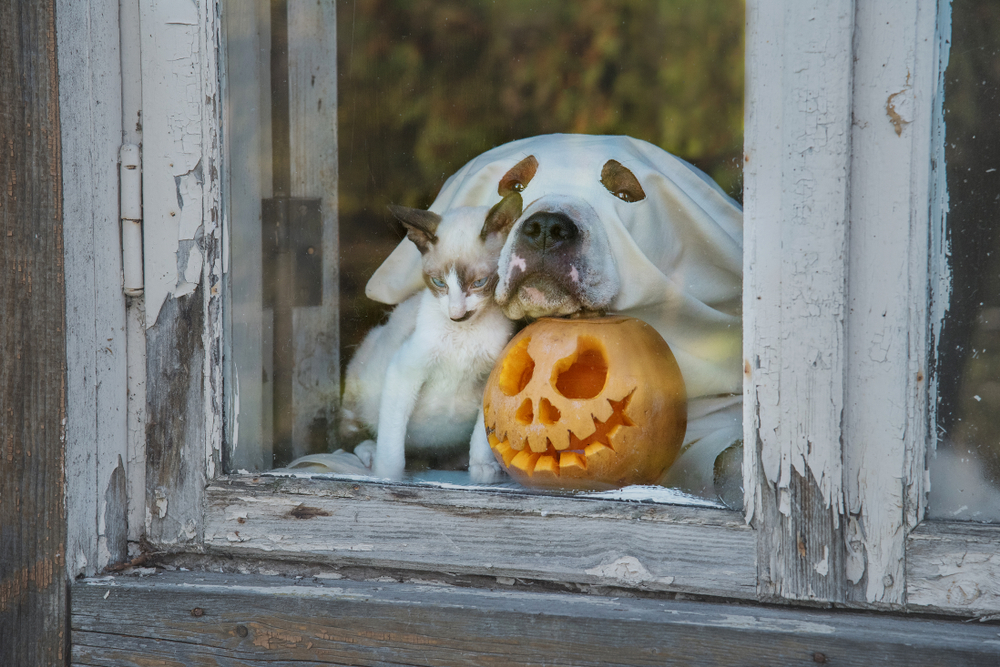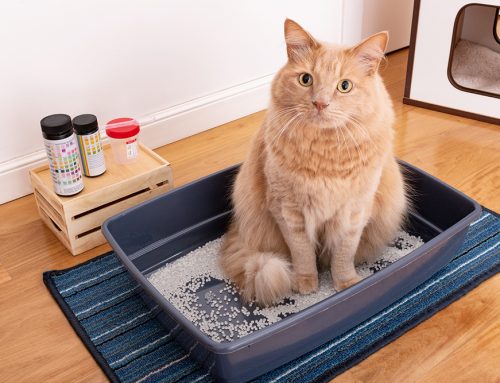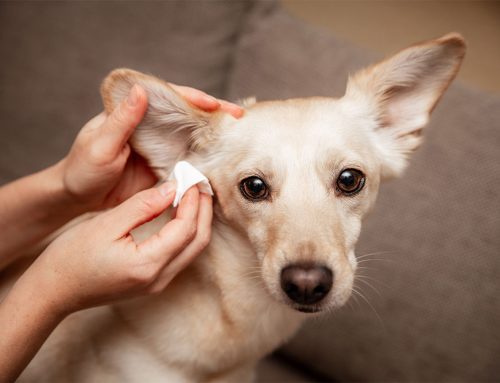Many children and adults love Halloweens’s spooky decorations, tasty treats, and creative costumes, but your family pet likely views the holiday differently. Although you enjoy including your four-legged family member in your Halloween celebrations, you need to consider the holiday from your pet’s viewpoint to ensure they are safe and comfortable. Our Oliver Animal Hospital team explains Halloween from your pet’s perspective, and provides safety tips to prevent holiday emergencies.
Pets and Halloween candy—a recipe for disaster?
When stocking up on candy for the hoards of costumed children who will soon be at your door, you have a lot to consider, such as the kinds of candy kids like these days, among other factors. In addition, when considering Halloween candy, you need to think about your pet. Many of the following popular sweets pose serious health risks to dogs and cats, including:
- Chocolate
- Xylitol
- Raisins
- Macadamia nuts
- Caramel apples
- Candy corn
- Candy wrappers
When your pet sees the candy bowl within reach, they likely sense you are providing them with an abundance of tasty rewards for being so good. However, keep your pet safe by storing all candy out of their reach, and immediately disposing of wrappers in a secure trash bin. If you suspect your pet has ingested something toxic or a candy wrapper that could potentially obstruct their digestive system, immediately contact our Oliver Animal Hospital team, or call the ASPCA Animal Poison Control Center for guidance.
Costumes—people get it, but do pets?
Costumed pets are irresistibly cute, but your pet has no idea why they are dressed as a hot dog. Keep in mind that some pets are more willing than others to humor their owner’s need to dress them up. If your pet appears amenable to wearing a costume, keep these safety tips in mind:
- Choose nonflammable materials
- Avoid costumes that include accessories your pet can swallow
- Ensure your pet can move and breathe easily
- Supervise your costumed pet at all times
- Remove the costume if your pet appears stressed
Pets and trick-or-treating—festive fun or total nightmare?
When deciding whether to bring along your pet trick-or-treating, consider the experience from their perspective. You know the spooky decorations, strange sounds, and peculiarly clad strangers are all part of the festivities. Your pet, however, does not. Because your pet does not understand the holiday’s frightful fun, Halloween’s sights and sounds can feel scary, so you need to consider whether your pet can handle an evening of trick-or-treating without experiencing stress or exhibiting unsafe behavior. When your pet is frightened, their flight insticint can be triggered, which could lead them to run from their fear, and get lost. So, during trick-or-treating, keep your pet leashed, and ensure they wear identification tags—with your current contact information—to improve the opportunity that you will be reunited. In addition, confirm that your pet’s microchip information is current in the registry. If your pet is not microchipped, schedule an appointment with our Oliver Animal Hospital team for this quick and uncomplicated procedure.
Halloween decorations and pets—a potential house of horrors?
You see festive decorations, but your pet sees new toys. Spooky decor can add to the Halloween ambiance, but beware of the following pet hazards:
- Pumpkins — Eating too much pumpkin can cause your pet digestive issues.
- Jack-o’-lanterns — Candle-lit jack-o’-lanterns can easily burn or singe curious pets, or cause a fire.
- Electrical cords — The extra electrical cords needed for some decorations may look like fun for a playful pet. However, your pet can suffer serious burns and electrical shock if they mistake a cord for a chew toy.
Pets and trick-or-treaters—welcome guests or intimidating intruders?

Many pets are protective of their home, and noisy, costumed strangers’ continual onslaught at the front door can be triggering. If your pet is uncomfortable around strangers, give them a calm, quiet retreat in a room away from the holiday chaos. Turn on quiet music or television for background noise, and to keep your pet distracted, provide plenty of engaging toys.
By considering their needs and planning accordingly, you can make your pet’s Halloween far less horrifying. If you have a highly anxious pet, contact our Oliver Animal Hospital team to determine whether anti-anxiety medication would be beneficial.








Leave A Comment